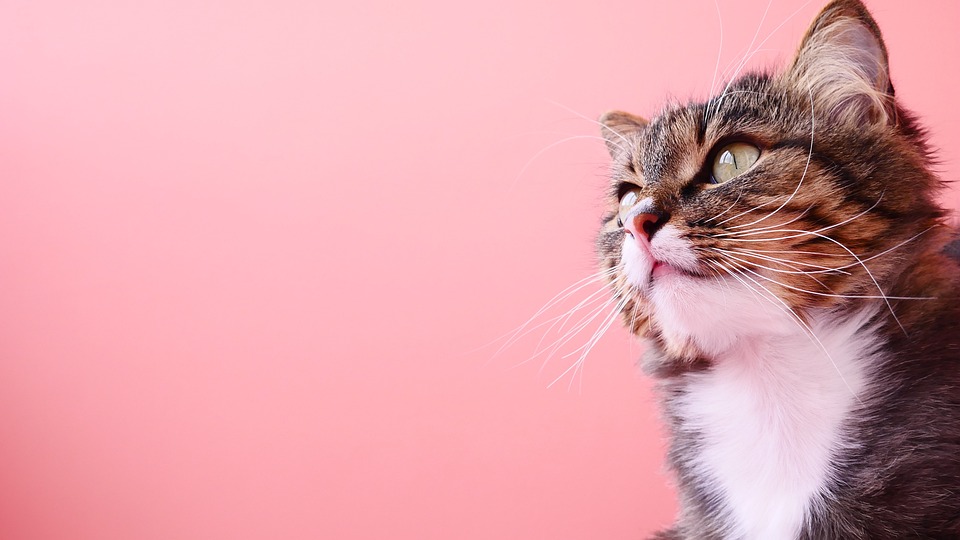Understanding Excessive Vocalization: A Deeper Look into Vocal Reactions during Grooming
Introduction:
Cats are known for their unique behaviors and vocalizations, which can vary greatly from one individual to another. While some cats are naturally more vocal than others, excessive vocalization can sometimes indicate underlying issues. In this article, we will delve into the topic of excessive vocalization during grooming, helping you understand why your cat may be exhibiting this behavior and how to address it.
I. The Nature of Feline Vocalizations
– Vocalizations as a form of communication: Cats use vocalizations to communicate with their owners and other animals. Meowing, purring, hissing, and growling are all examples of feline vocalizations.
– Different types of cat vocalizations: Cats have a wide range of vocalizations, each with its own meaning. Meowing can indicate hunger, while purring often signifies contentment.
– Normal vocal reactions during grooming: It is normal for cats to vocalize during grooming, especially if they are enjoying the experience. They may purr or make soft, contented noises.
II. Excessive Vocalization during Grooming: Causes and Concerns
– Physical discomfort or pain: Cats may become excessively vocal during grooming if they are experiencing physical discomfort or pain. This can be due to conditions like arthritis, dental pain, or skin allergies.
– Sensory sensitivities: Some cats may have sensory sensitivities that make grooming a stressful or uncomfortable experience for them. This can lead to excessive vocalization as a response.
– Fear or anxiety related to grooming: Cats who have had negative experiences during grooming in the past may develop fear or anxiety towards the process. Excessive vocalization can be a manifestation of their distress.
– Past negative experiences: Cats who have been handled roughly or experienced pain during grooming in the past may associate grooming with discomfort or fear, leading to excessive vocalization.
– Age-related changes: Older cats may experience age-related changes that make grooming more uncomfortable for them, leading to increased vocalization.
– Medical conditions: Certain medical conditions can make grooming painful or uncomfortable for cats, resulting in excessive vocalization. It is important to rule out any underlying health issues with a veterinarian.
III. Identifying Excessive Vocalization during Grooming
– Signs to look out for: Intense, prolonged, or distressed vocalizations during grooming may indicate excessive vocalization. It is important to pay attention to any changes in your cat’s vocal behavior during grooming.
– Observing body language: Your cat’s body language can provide valuable insights into their comfort level during grooming. Signs of distress or discomfort, such as flattened ears or a tense body posture, may accompany excessive vocalization.
– Distinguishing between normal and excessive vocalization: Understanding what is normal for your cat during grooming is important in identifying excessive vocalization. If your cat’s vocalizations during grooming are out of the ordinary or appear distressing, it may be considered excessive.
IV. Addressing Excessive Vocalization during Grooming
– Creating a calm grooming environment: Providing a calm and comfortable environment for grooming can help reduce excessive vocalization. Minimize distractions, use soothing music, or consider using pheromone sprays to create a relaxing atmosphere.
– Gradual desensitization and counterconditioning: Introduce your cat to grooming slowly and gradually, associating positive experiences and rewards with each step. This can help reduce fear or anxiety associated with grooming and subsequently decrease excessive vocalization.
– Positive reinforcement training: Rewarding your cat for calm behavior during grooming sessions can help reinforce positive associations and reduce excessive vocalization. Use treats, praise, or playtime as rewards.
– Seeking professional advice: If your cat’s excessive vocalization during grooming persists despite your efforts, it may be beneficial to seek professional advice from a veterinarian or animal behaviorist. They can help identify any underlying issues and provide tailored solutions.
Conclusion:
Excessive vocalization during grooming can be a sign of physical discomfort, fear, anxiety, or past negative experiences. By understanding the underlying causes and addressing them appropriately, you can help your cat feel more comfortable and reduce excessive vocalization during grooming. Remember, seeking professional advice when necessary is crucial to ensure your cat’s well-being and overall happiness.








